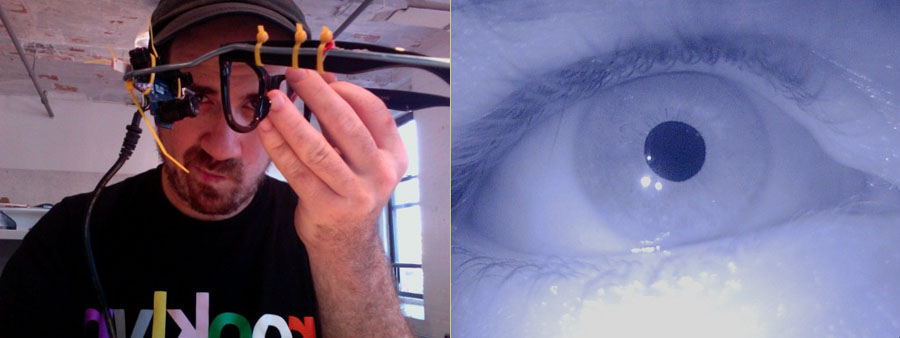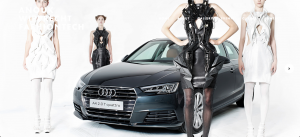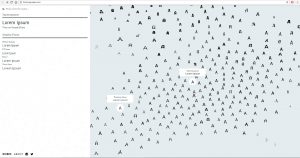Zach Lieberman Eyeo Festival 2011
Zach Lieberman Eyeo Festival 2017
Zach’s Website
Zach Lieberman is an artist, researcher, hacker and maker of interactive computational works that unveil the synesthetic relationships between human behavior, form and color. Most notably, he is one of the co-founders and developers of Open Frameworks, a c++ library for creative coding. You can find the documentation and more information about it here: http://openframeworks.cc/about/
Zach describes his life’s work as a splicing between three categories: artistic, commercial and educational. Though he describes his work as taking place between these binaries, his projects are often seen at the intersection of these spaces. As an artist, Zach primarily explores themes concerning the human form and uses technology as an artificial limb with which we can extend our interactions with the world.

The Manual Input Workstation presents a series of audiovisual vignettes which probe the expressive possibilities of hand gestures and finger movements.

Messa di Voce (“placing the voice” in Italian)- an audiovisual performance in which the speech, shouts and songs produced by two abstract vocalists are radically augmented in real-time by custom interactive visualization software.

Eyewriter- a low-cost, open source eye-tracking system that will allow ALS patients to draw using just their eyes.
Many of his projects, such as those noted above, pose the human as the central performer of the art. I admire this model of art creation and personally strive to engage an audience through my work in the way Zach’s pieces do. In interaction-driven artworks, we can see the tangible relationships between the human form and the artist’s visual expression, combining the two in a very poetic way. This places the audience in a very unique position of autonomy, allowing themselves to become the “creators” of new, generative works.
In his free time, Zach also loves to explore sketching for his own personal fulfillment and enjoyment. He posts daily sketches to his social media, garnering the attention of thousands each day.


Some of the most commonly observed visual motifs and elements he uses are circles, organic blobs, colors, typography and alphabet, masks and the body.
Zach enjoys being a mentor and educator to many. He has held teaching positions at the School for Poetic Computation and Parsons, and holds Friday Open Office Hours on Twitter.

![[OLD FALL 2017] 15-104 • Introduction to Computing for Creative Practice](../../../../wp-content/uploads/2020/08/stop-banner.png)











